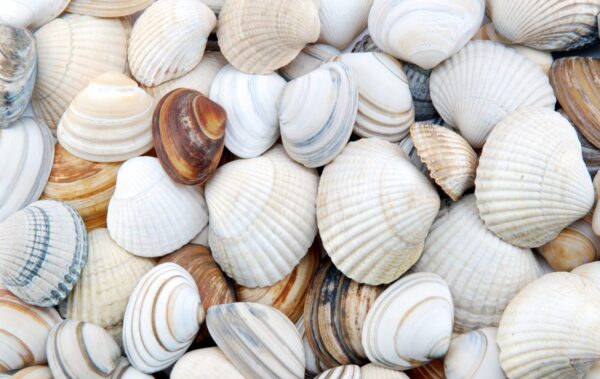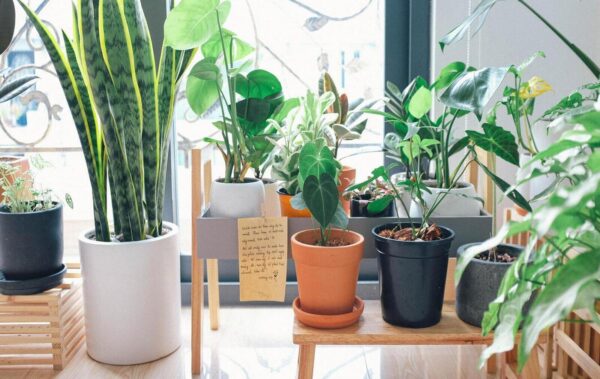No products in the cart.
Growing Vegetables in a Drought: Tips and Tricks

Use these gardening management tips to efficiently use water and maintain a healthy, productive garden.
Drought Resistant Crops:
To begin with, it is important to select fruit and vegetable types that can thrive in hot, dry conditions. Drought-tolerant heirloom varieties are a great option. Additionally, smaller container-grown varieties tend to generate a higher yield per plant than regular varieties. Furthermore, mulching is perhaps the most significant thing a gardener can do to save water in a vegetable garden or in the home landscaping. It can minimize watering costs by up to 35 percent by reducing evaporation from the soil. Additionally, mulches also suppress weeds which compete for water with vegetables.
Watering:
Firstly, once fruit and vegetables are established, it’s important to decrease watering periods and amounts until flowering or fruiting begins. At this stage, more water should be provided. Subsequently, after the initial fruit set, water can be gradually decreased. Additionally, in some cases, reducing water can actually improve the taste of the harvest. To ensure a healthy garden and save water, it’s crucial to water wisely, choose drought-tolerant plants, and plant them properly. By implementing these techniques, your family will have access to a wide range of nutritious meals.
Avoid Chemical Fertilizers:
It is important to remember that during a drought, it may be tempting to fertilize your vegetables heavily in order to encourage growth, but this can actually harm your garden. When there is not enough water to wash away the chemicals and salts in commercial fertilizers, they can accumulate in the soil. A better approach is to use organic fertilizers such as compost, compost tea, fish emulsion, liquid seaweed, and worm castings. These natural fertilizers not only provide essential nutrients to your plants, but also help to develop organic matter in the soil, which can help protect your plants during dry growing seasons. This will ensure a healthy and sustainable garden.
Garden Size:
Determine the number of fruits and vegetables you’ll need to feed your household of two, four, or eight people. Reduce the number of plants this year if you overproduced and wasted crops last year. Set up a garden exchange in your area so that everyone grows less but still gets a wide variety of plants!
Provide Shade:
Typically, gardens are planted in full sun because most vegetables need at least 6 hours of sunlight per day, but during a drought, gardening in the shade can help save your garden.
Avoid Sprinklers:
Watering your garden using overhead sprinklers can waste a lot of water because it can evaporate and water areas that don’t need it, like paths. To save water and make sure your plants get the water they need, use soaker hoses or drip tape on the edges of your plants. These release water slowly directly to the roots of the plants.

Drought Tolerant Vegetable Garden Plants:
When planting your first plant, consider vegetables that can handle drought and grow well in hot and dry areas. Some popular options include drought-tolerant vegetables.
- Corn
- Edible amaranth
- Okra
- Bush beans
- Summer squashes
- Sunflowers
- Tomatoes
- Herbs
- Mini bell peppers and eggplants
- Sweet potatoes,
- Melons and
- Asparagus






